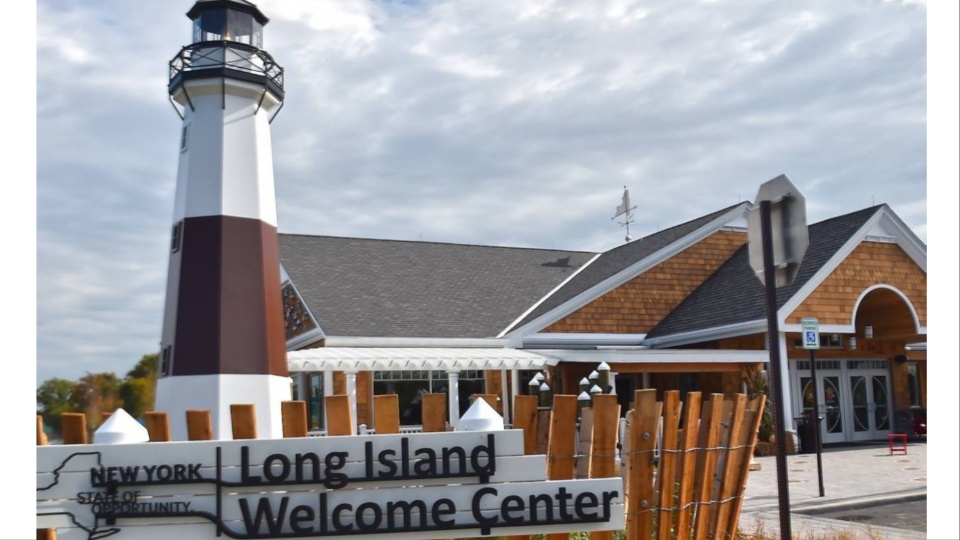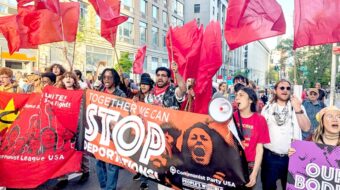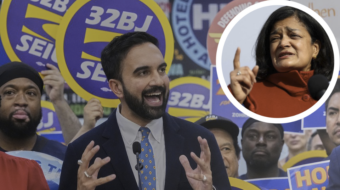
Traditionally, poverty was thought of as a problem for the inner city. Places like Harlem, Detroit, and Newark are often presented by the media as the places where the poor are to be found. Of course, poverty is as ever-present in these urban areas as ever, but it is also to be found further outside the major metro areas, even in the areas of supposed affluence.
On Long Island, for instance, traditionally thought of as a place where people moved to when they began to better themselves economically, we see areas of deep poverty.
In 2023, the nine richest towns on Long Island are Sagaponack, Water Mill, Bridgehampton, Amagansett, Wainscott, Quogue, Old Westbury, Brookville, and Muttontown.
Home prices in Sagaponack, in Suffolk County, average $6.18 million. Old Westbury, in Nassau County, has houses clocking in at an average of $2.56 million. As of August 2023, in Garden City, one of the wealthiest areas in Nassau County, the median price of a home sold was $1.2 million, a 7.1% increase from the same time the previous year.
On the other side of the ledger, however, we have the poorest towns on Long Island: Riverside, Northampton, Calverton, Greenport, Aquebogue, Moriches, Central Islip, and Mastic Beach.
Some of these towns and villages are closely situated right next door to the richest. Take for example Hempstead, with the lowest income per capita, which is adjacent to Garden City.
Why should these mismatched facts be so concerning to community activists?
According to the latest United Way Long Island report–ALICE (Asset-Limited, Income Constrained, Employed)—more and more suburban families are facing financial hardships. The ALICE report shows data focused on members of the community who earn above the federal poverty level but not enough to afford a bare-bones household budget, also known as “household survival budget.”
The report says that 29.4% of Long Island households fall below the set income threshold needed to live and work; 118,911 households in Nassau County are struggling to afford basic needs. This confirms statistics often distributed by the Poor People’s Campaign, for instance, that more than 40% of the population in this country are either poor or one catastrophe away from poverty.
In Nassau County, the household survival budget is $76,932 or $38.47/hour on a 40 hour/week job for a family of four (two adults and two school-aged children). In Suffolk County, the budget is a bit higher; $79,668 or $39.83/hour for the same configuration.
For New York State as a whole, 51% of all jobs pay less than $20/hour. At that rate, both adults in a household must work 40-hour jobs just to make a survival budget. If a health issue arises for a member of the family, more likely than not, the family is going to have a problem covering food, rent, and utilities.
So, when government officials say the poverty level is at a low of 7% on Long Island, this doesn’t accurately depict the reality many households face on a daily basis.
Looking at the number of New York children that live in poverty (according to the March 2019 report of the Fiscal Policy Institute, the Schuyler Center for Analysis and Advocacy, and the Children’s Agenda), we find the number hits 803,000, including one out of three children of color.
Poverty carries with it many social ramifications. One of the most outrageous is poor health, including asthma and other communicable diseases, as well as impairment of brain development, mental health, and poor academic achievement. In our work as housing advocates on Long Island, my partners and I, members of the Housing for All Long Island Coalition, have found this, unfortunately, to be true.
Instead of programs to enhance the lives of poor children, government officials’ answer is to increase the number of police “on the street.” The prison-industrial complex includes many young Black and Latinx boys and girls who should have been given the tools to succeed in their communities.
The re-establishment of the Child Tax Credit that was in effect in 2021 is one immediate step that could be taken. The Republicans that control the U.S. House of Representatives, however, feel no compulsion to help working families.
The poverty rate in the United States has dramatically increased in the year since pandemic benefits ran out. Sen. Marco Rubio, R-Fla., one of the leading right-wingers in the Senate, claims he’s in favor of bringing back the enhanced child tax credit, but he wants to make work a requirement for any benefit.
What Republican right-wingers are proposing would give on the one hand and take more away from families on the other. We need benefits to accrue to the neediest with “no strings attached.” As pointed out earlier, the answer is not merely jobs but, more importantly, jobs where workers earn enough to pay the skyrocketing costs of basic needs.
To fight for $15/hour is no longer enough—especially in New York and on Long Island, where $40/hour does not even allow families to save for possible emergencies that could arise.
As members of the progressive community, we need to demand the following from our government:
- A minimum salary commensurate with the survival budget. In the case of Long Island workers, that equates to $40/hour for every worker.
- Programs for children of school age that are free and allow parents to work an 8-hour shift.
- Free or affordable childcare for preschoolers
- A new tax code that has a rate of 70% at the top levels. This would force corporations to invest money in the building of factories and spur the economy to diversify. Today, the largest portion of the workforce is dedicated to lower-wage service industries.
- An increase in the number of workers that are members of unions. Union contracts should include COLA (Cost of Living Adjustments).
- The end of corporate ownership of apartment buildings. A maximum rental across the board of 20% of a person’s wages and benefits. The ending of PILOT (payment in lieu of taxes) programs that create an unfair reliance on the working class to pay the real estate taxes for a community.
We in the Poor People’s Campaign: A National Call for Moral Revival believe that housing and healthcare are human rights and that it is the responsibility of the government to provide support for everyone who needs it. We are the only country in the developed world that doesn’t provide free healthcare to its citizens. It doesn’t have to be this way.
As with all op-eds published by People’s World, this article reflects the opinions of its author.
We hope you appreciated this article. At People’s World, we believe news and information should be free and accessible to all, but we need your help. Our journalism is free of corporate influence and paywalls because we are totally reader-supported. Only you, our readers and supporters, make this possible. If you enjoy reading People’s World and the stories we bring you, please support our work by donating or becoming a monthly sustainer today. Thank you!










